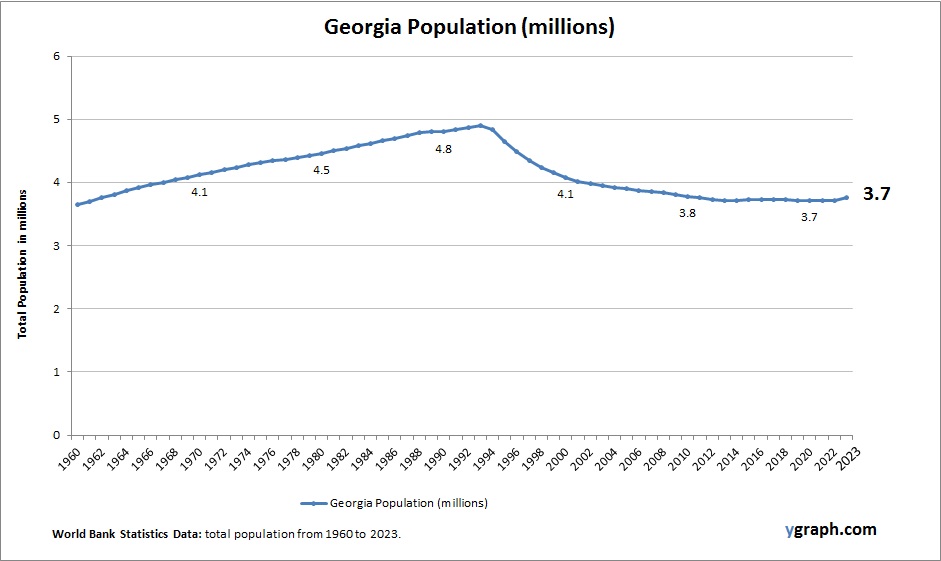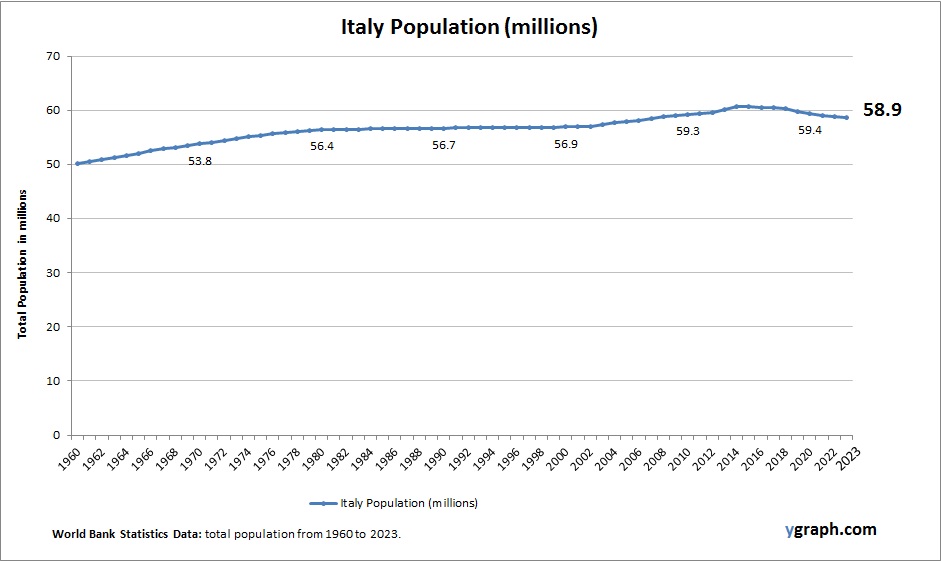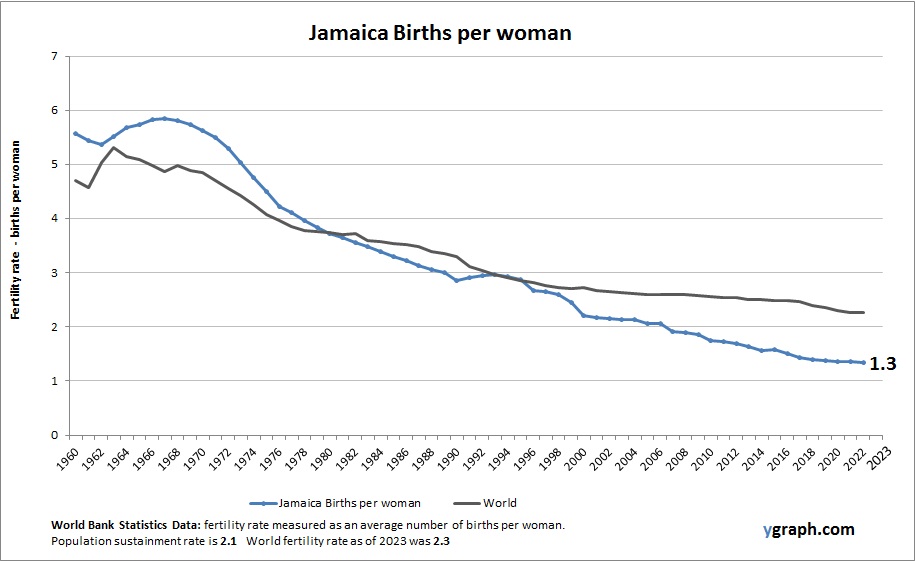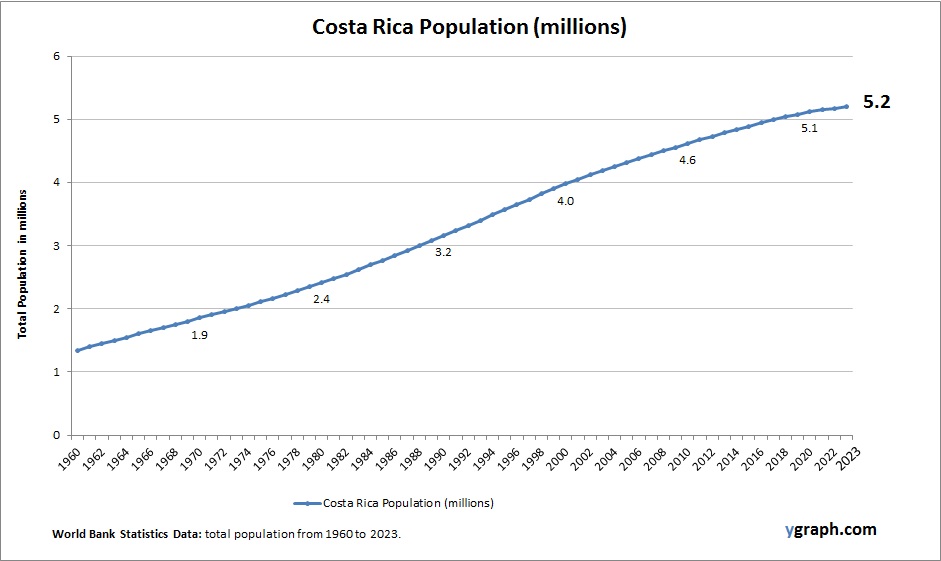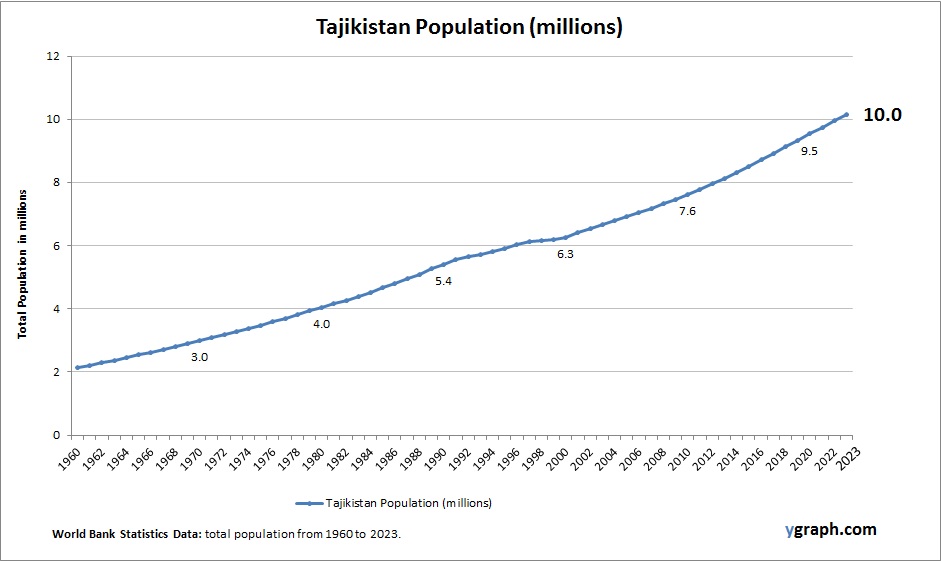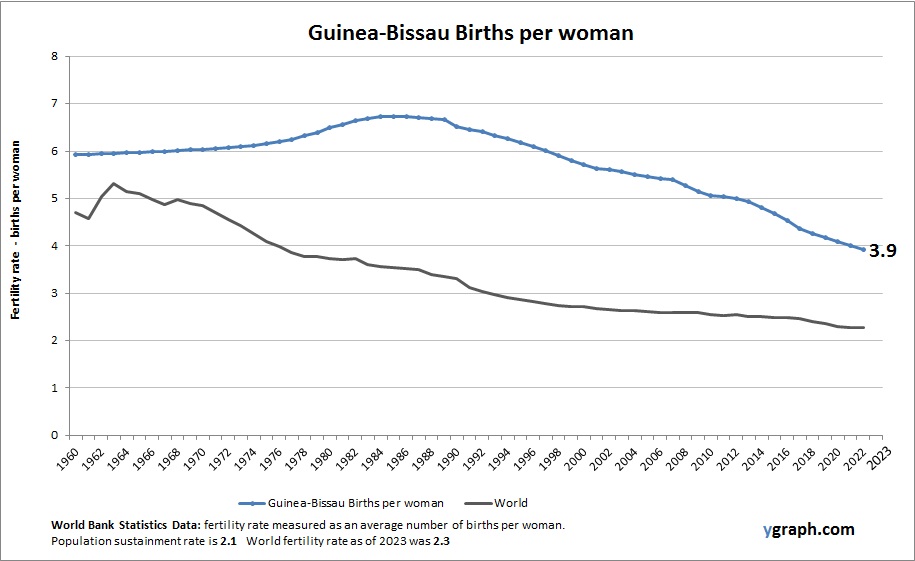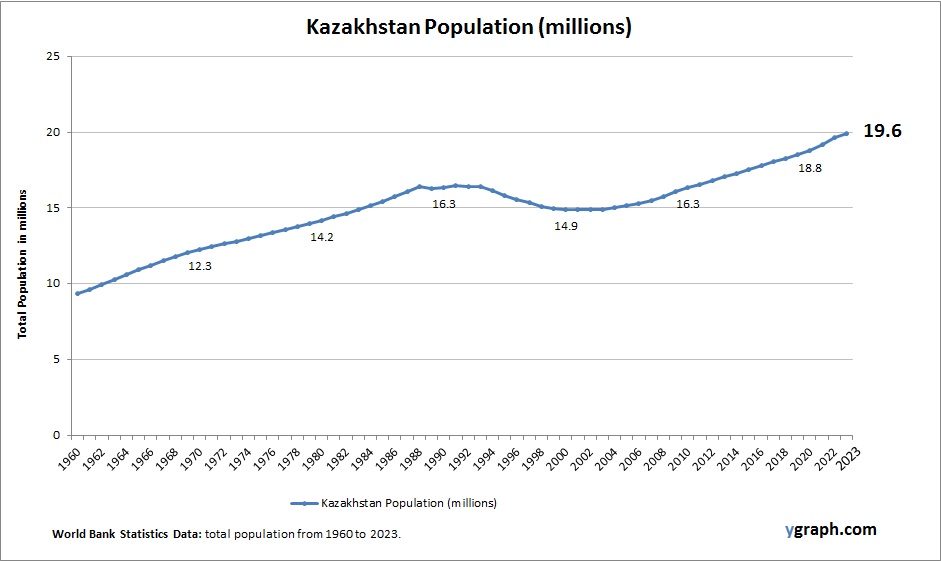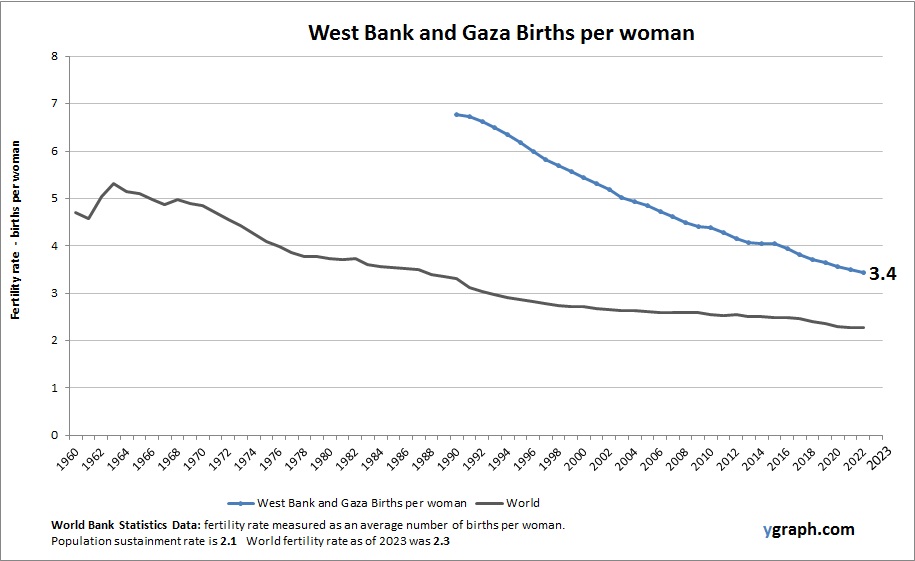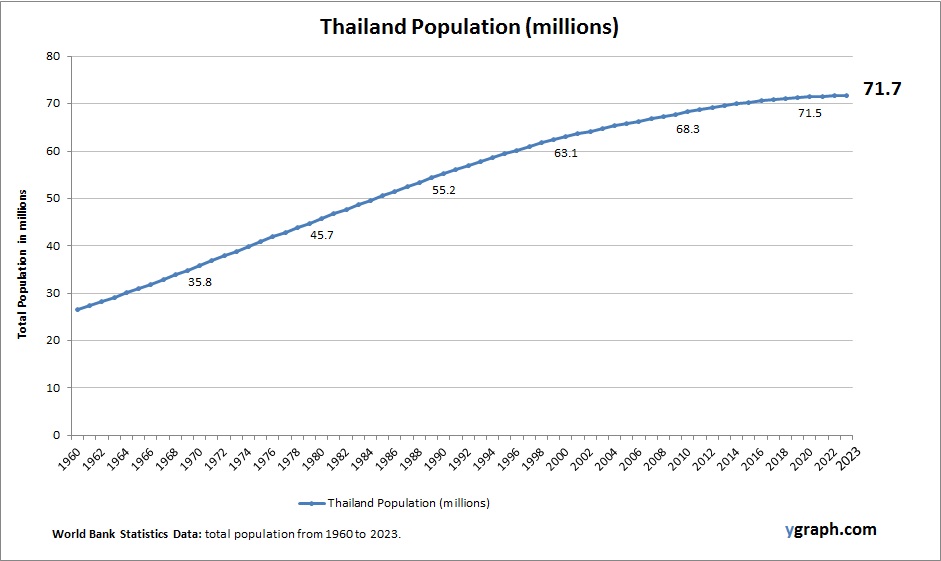Chart above demonstrates Georgia Population. The country statistics are compiled by World Bank. Based on the latest available information for Georgia.
Georgia has a relatively small population experiencing slow growth and gradual aging due to low fertility rates and emigration. Urban areas such as Tbilisi attract most residents, while rural regions face population decline. Economic development and political stability influence migration trends and demographic patterns, with efforts focused on improving healthcare and reversing population decline.
